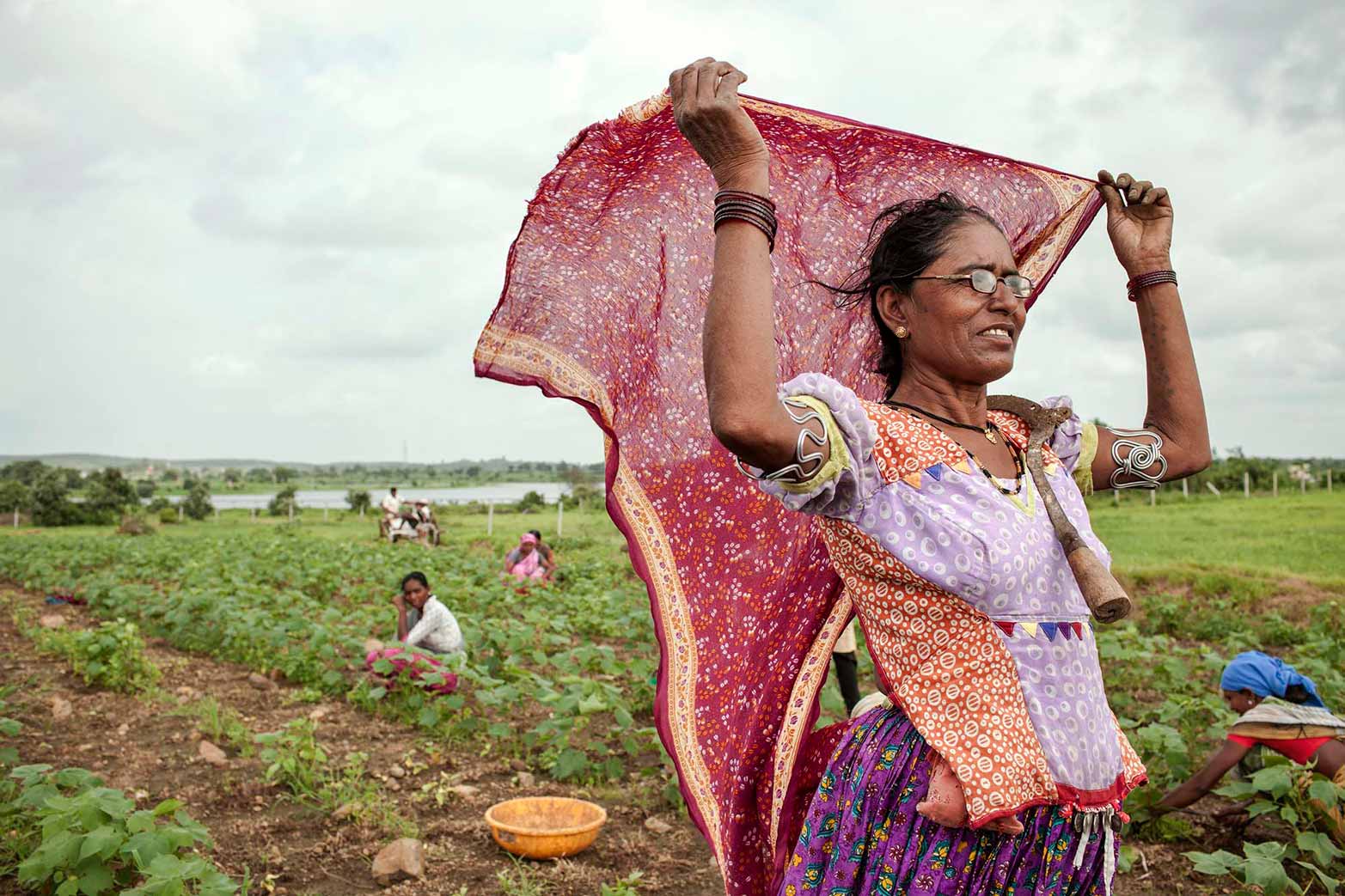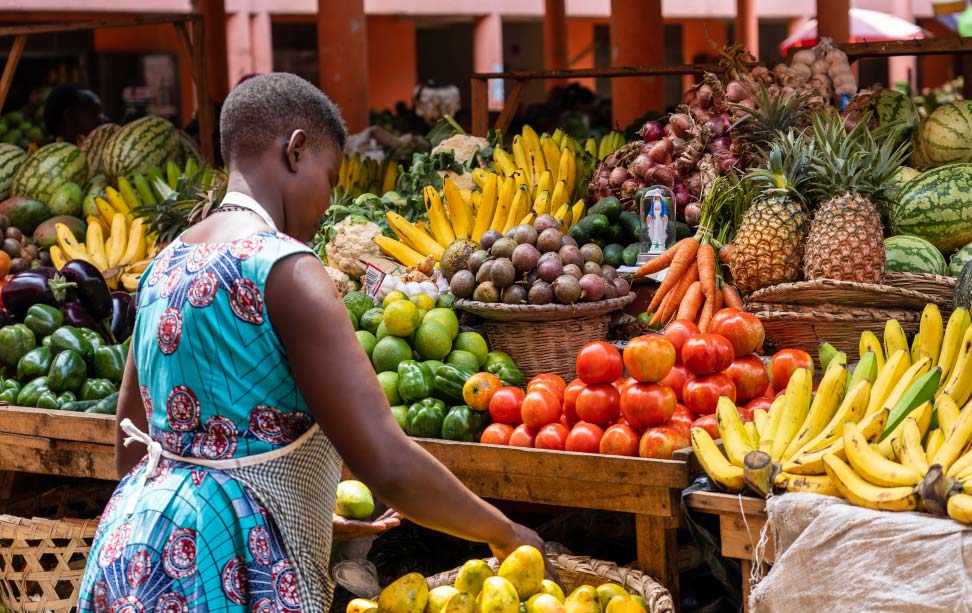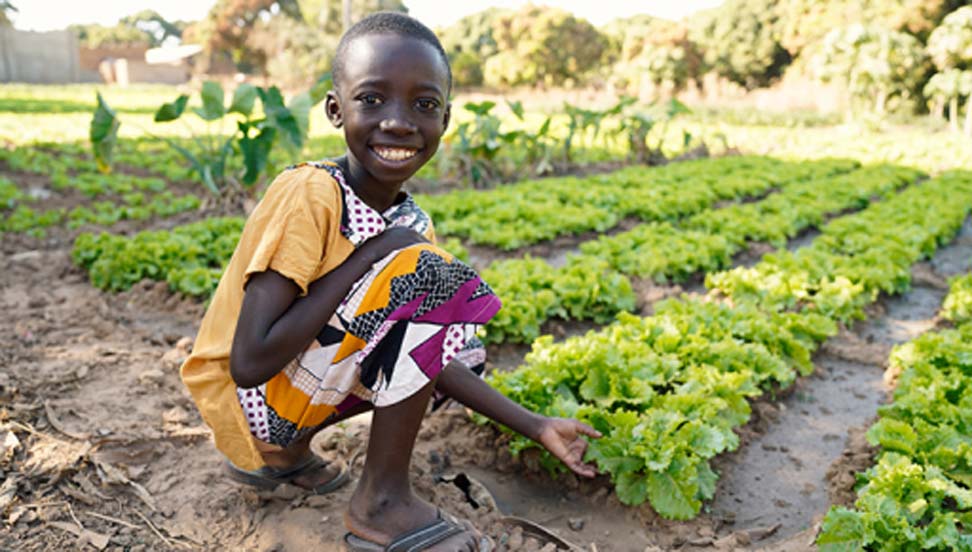Associated Press published an article stating that three more ships carrying thousands of tons of corn left Ukrainian ports Friday, in the latest sign that a negotiated deal to export grain trapped since Russia invaded Ukraine nearly six months ago is slowly moving forward. But major hurdles lie ahead to get food to the countries that need it most. And while Ukraine is a major exporter of wheat to developing nations, there are other countries, such as the United States and Canada, with far greater production levels that can affect global wheat prices. And they face the threat of drought. Senior research fellow David Laborde said, “Ukraine is about 10 percent of the international trade in wheat, but in terms of production it is not even 5 percent.” Around 6 million tons of the trapped grain is wheat, but just half of that is for human consumption, Laborde said. The high price of fertilizer also plays a role in the increased costs of farming. “When fertilizer prices are high, farmers may use less fertilizer. And when they use less fertilizer, they will produce less. And if they will produce less, supply will continue to remain insufficient.” Republished in CBC (Canada), in Washington Post, ABC News, Los Angeles Times, Daily Journal Online, Yahoo Sports, Buffalo News, Seattle Times, and many other media outlets.
3 more ships with grain depart Ukraine ports under UN deal (Associated Press)
August 05, 2022



